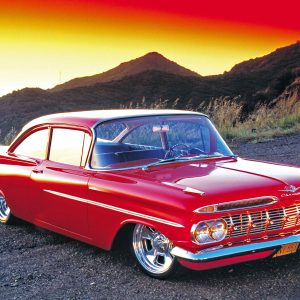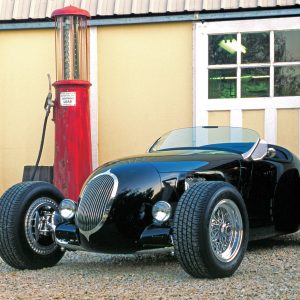Handling
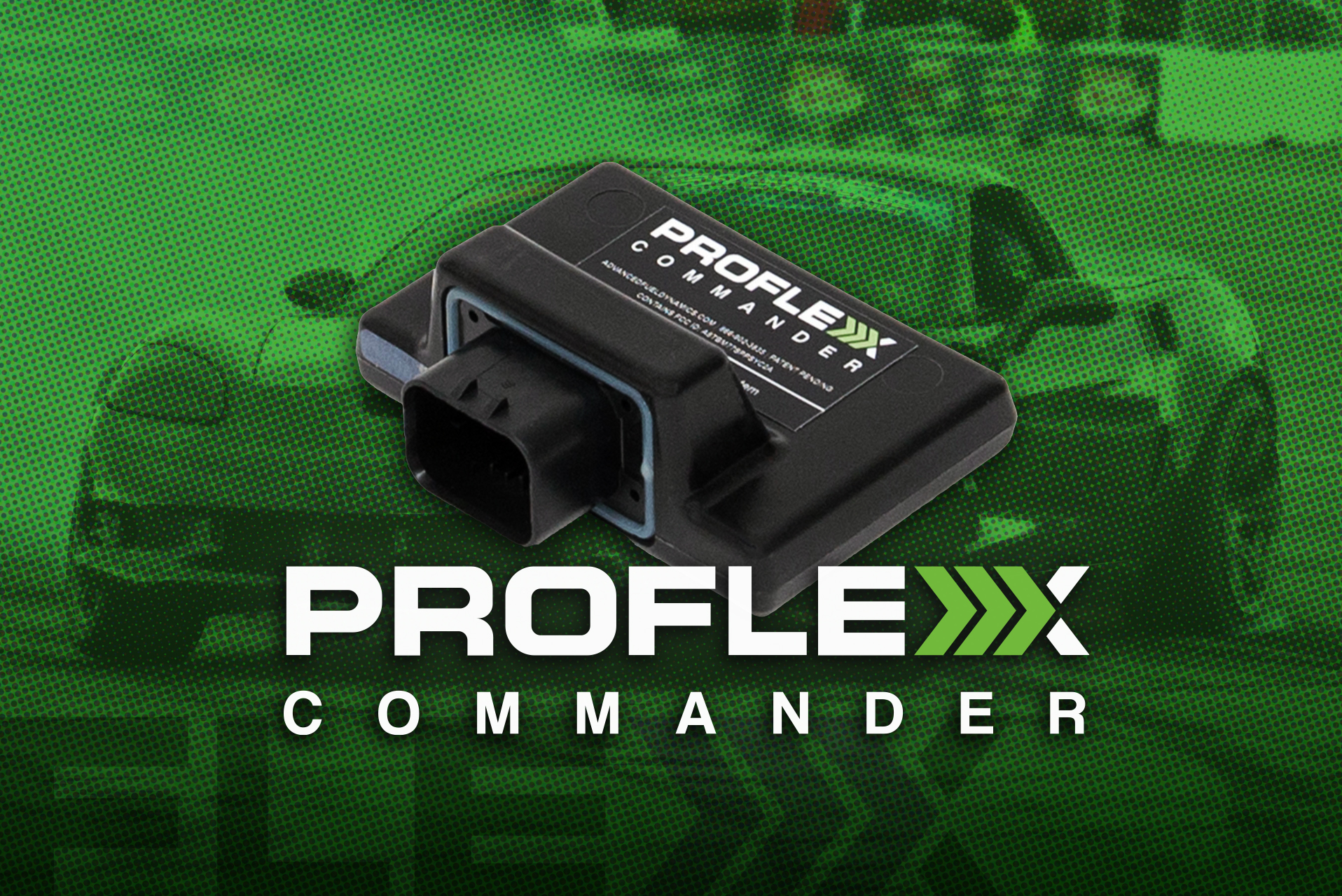
While at LS Fest, we noticed several drivers spending a lot of time tuning their rides before hitting the track, dialing them in to try and gain an edge over the competition. This left us puzzled. If you’re looking for an edge, there’s no better way to optimize your performance with E85 than with a flex fuel system from Advanced Fuel Dynamics.
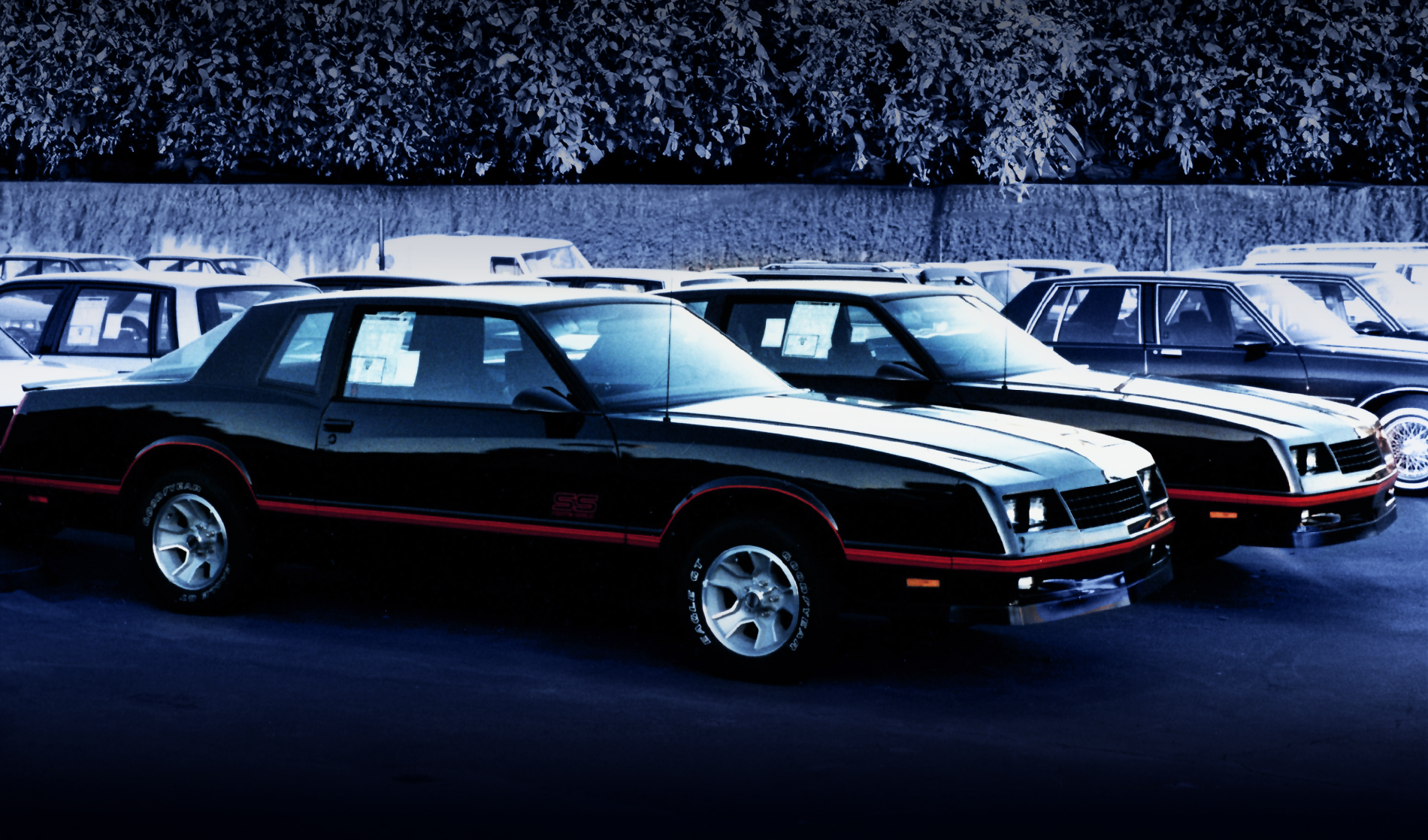
If you’re all about upgrading your ride’s steering game, then the Borgeson G-Body, F-Body, S10 Steering Shaft is your ticket to automotive nirvana. Designed to fit snugly into 1979-1988 GM G-Body, 1982-1992 GM F-Body, and 1982-1993 S10 pickup models, this bad boy brings a whole new level of performance to the table.
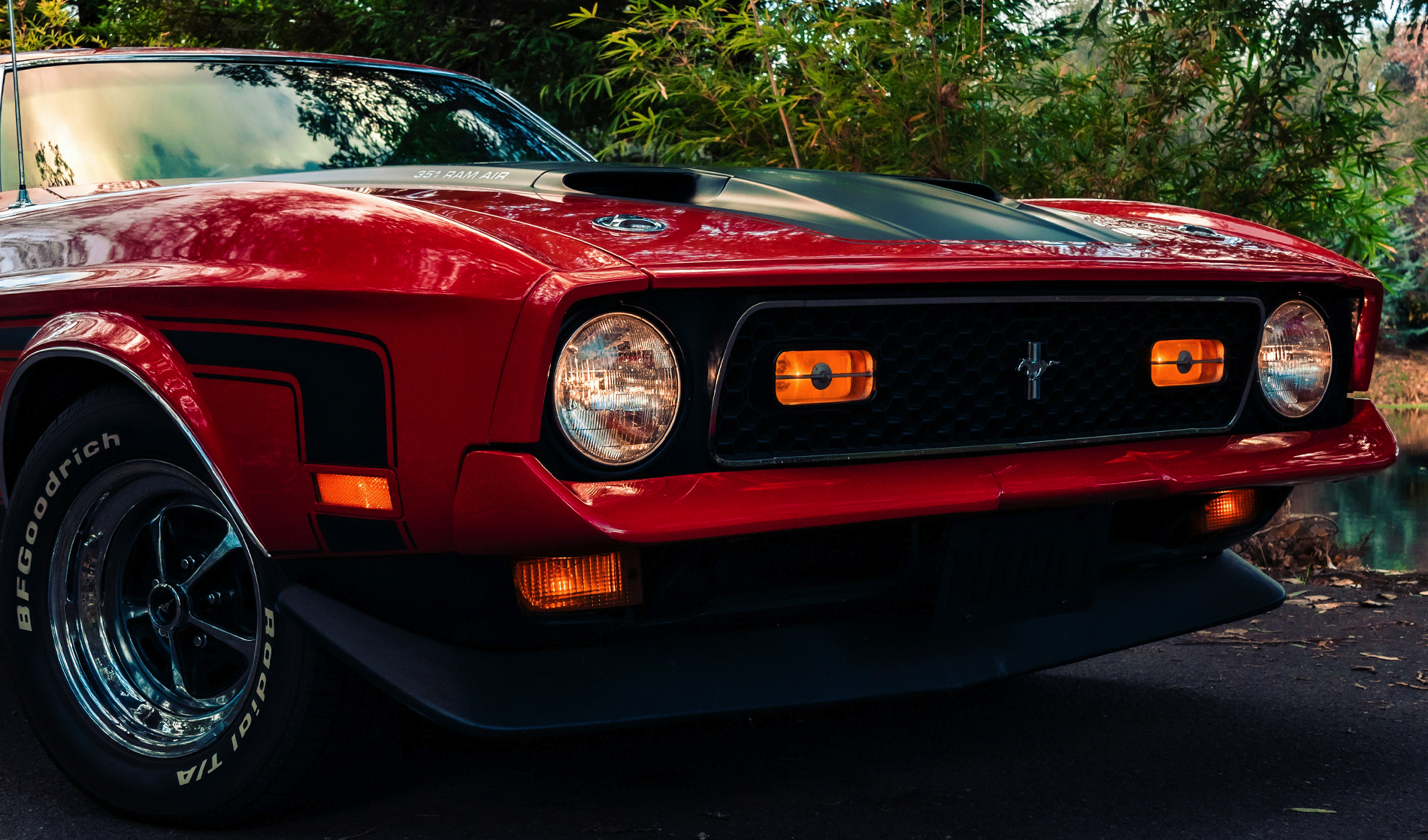
This upgrade is a perfect match for a range of Ford, Lincoln, and Mercury vehicles, including the 1971-1973 Mustangs and other full-size models from 1965 to 1977. To accommodate the new steering box input shaft, the factory steering coupler must be replaced. This ensures a perfect fit and optimal performance. Borgeson offers hose kits designed for both stock Ford pumps and their Saginaw P/S pump upgrade kits, guaranteeing seamless integration with existing power steering components.
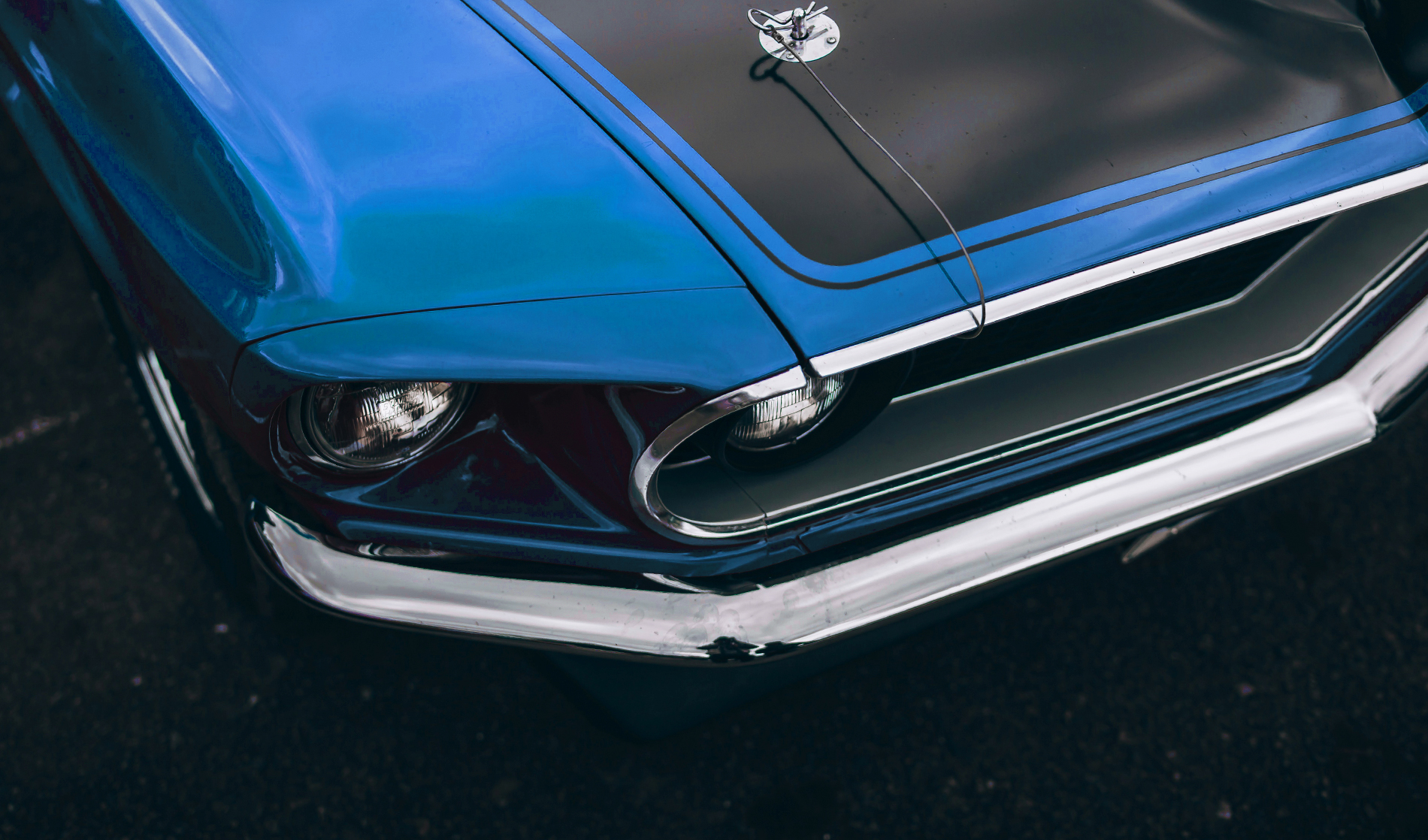
For all you classic Mustang enthusiasts out there, if you’re wrestling with manual steering in your 1968-1970 Ford Mustang, it’s time to make a serious upgrade. The Borgeson Mustang P/S Kit is here to save your arms and enhance your driving experience. This power steering conversion kit is a game-changer for those who crave better steering ease, responsiveness, and overall driving comfort. Buckle up as we dive into the killer features, crucial components, and the unbeatable benefits this kit brings.
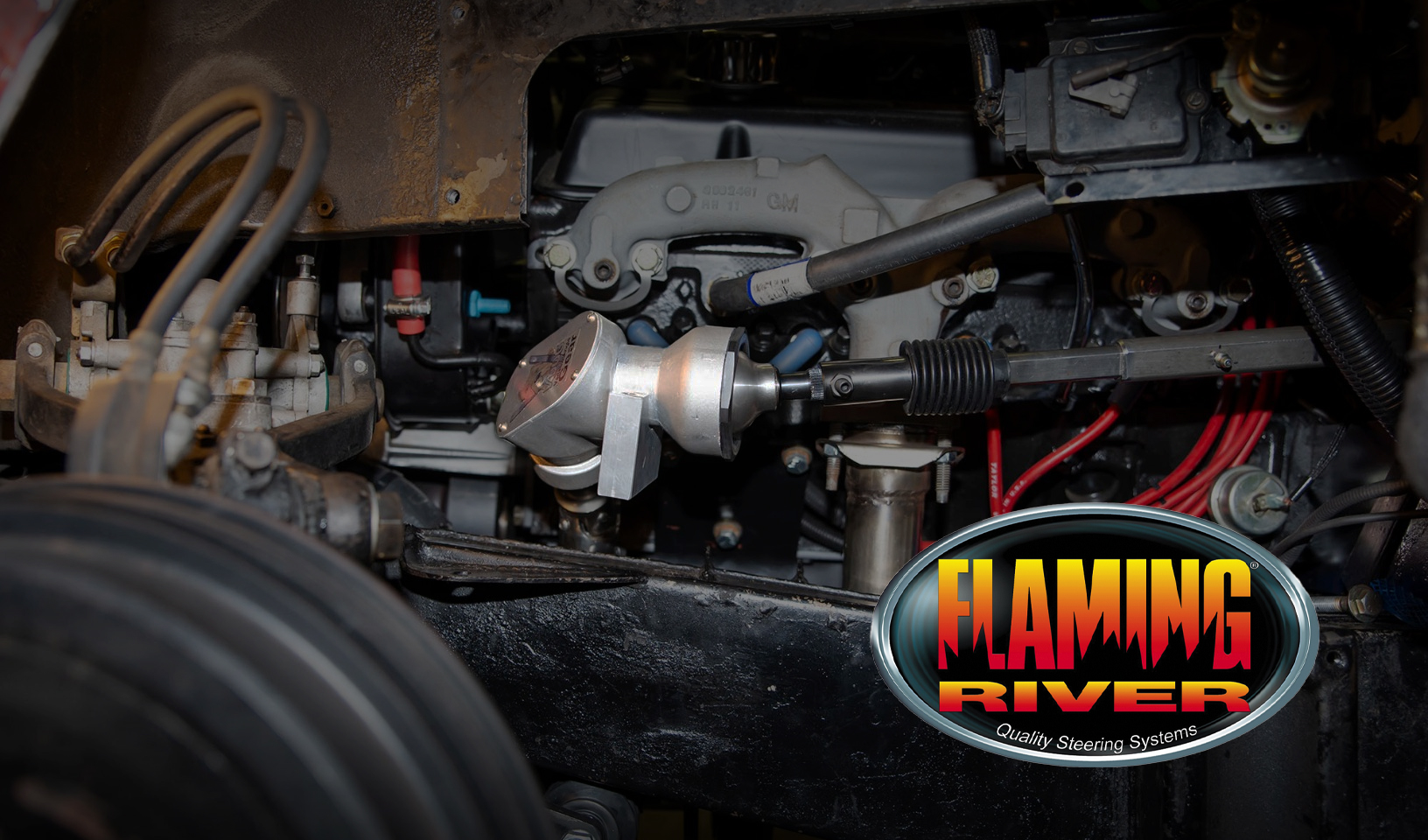
We’ve all been there—slamming a monster LS, Coyote, or Hemi into an old muscle car or hot rod and hitting that inevitable roadblock: how the heck do you get the steering shaft through that tight engine bay? The answer, my friends, is the VDOG® from Flaming River. You’ve probably heard the name tossed around, but let’s dig into why you need this in your arsenal.
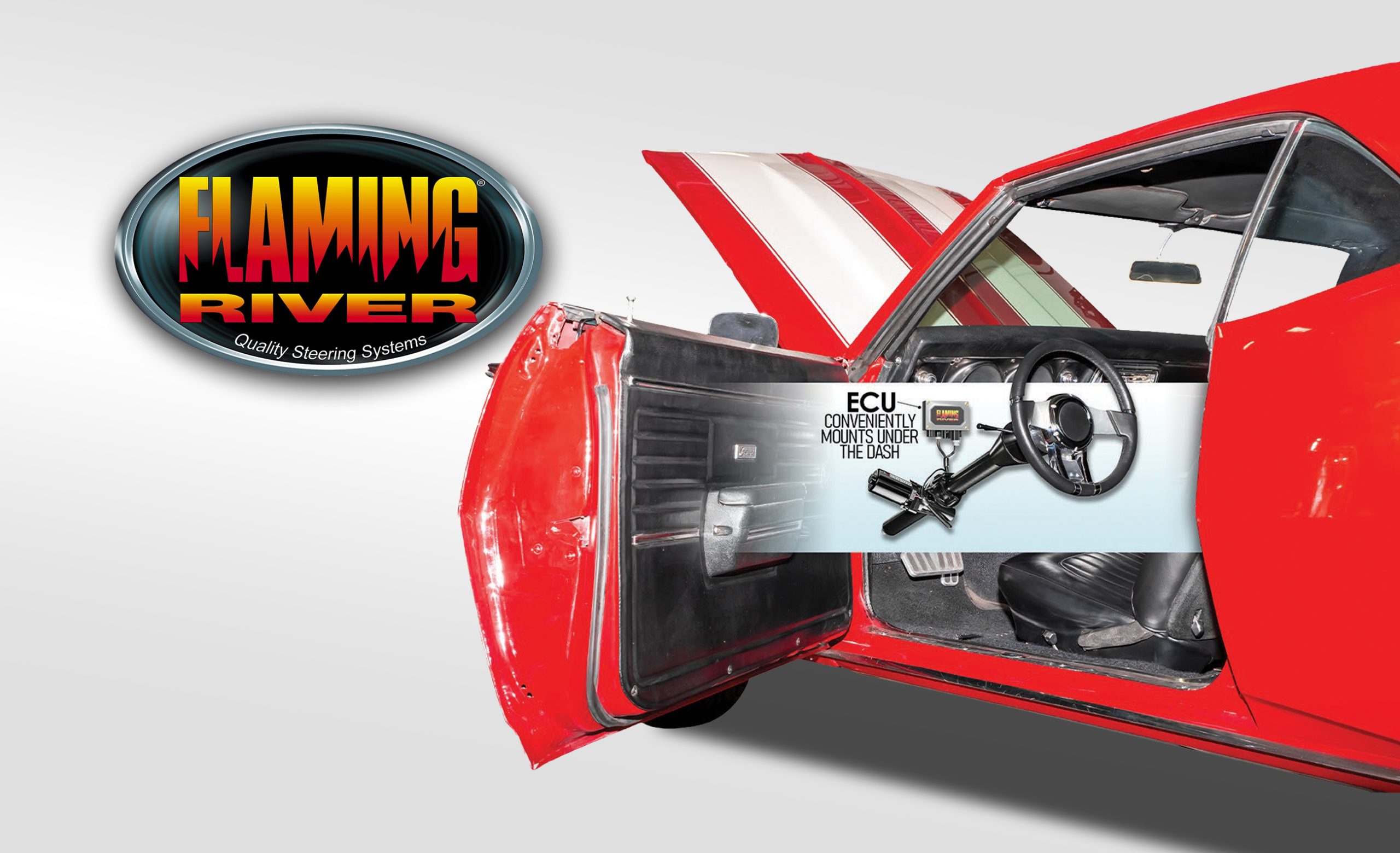
Imagine yourself behind the wheel of your vintage Camaro, cruising the streets with the perfect blend of classic aesthetics and modern performance. That dream becomes a reality with the Microsteer Tilt Column. But what sets this beauty apart? Let’s talk about the Microsteer Power Assist feature, a game-changer that takes your driving to new heights.
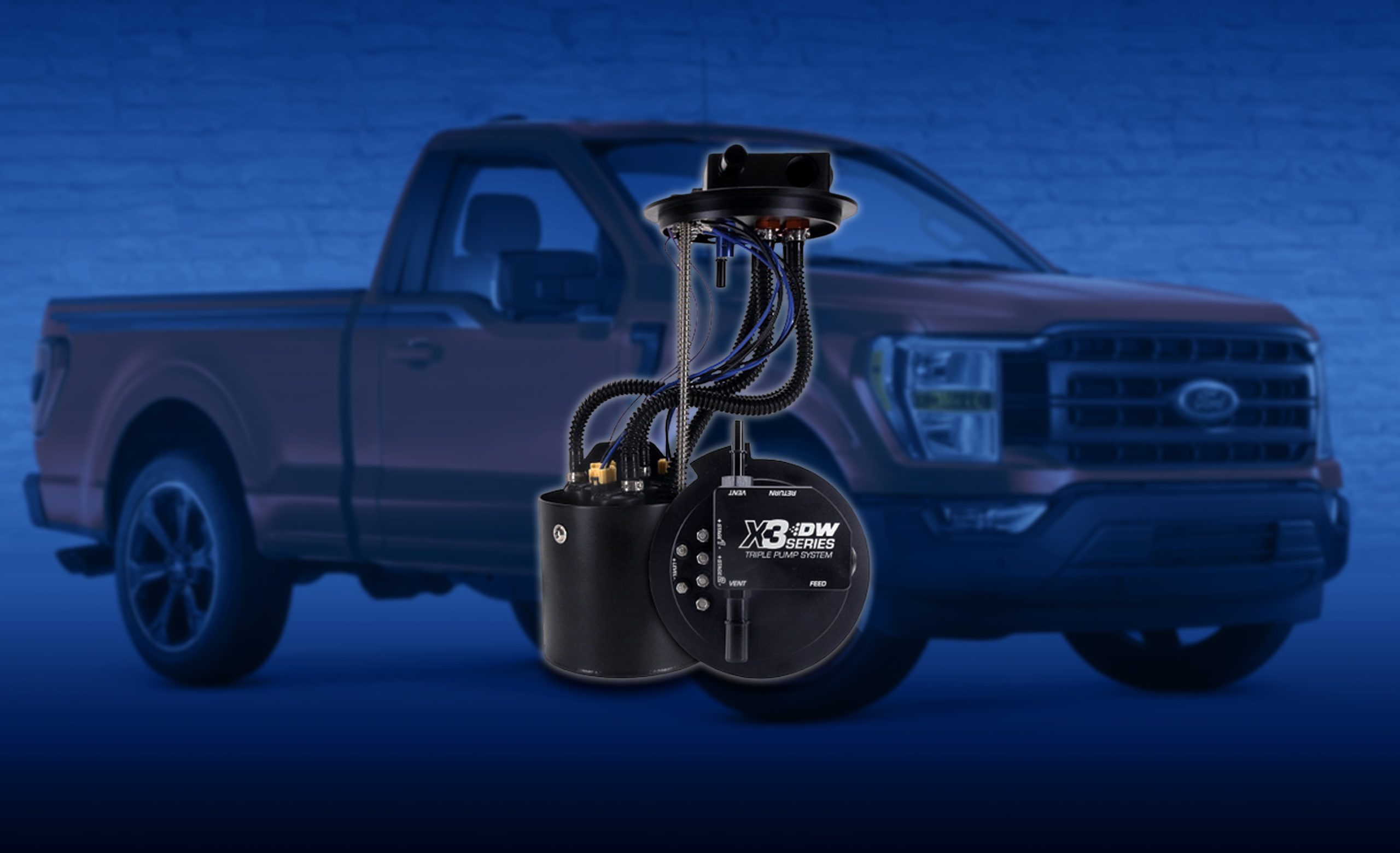
In the relentless pursuit of automotive excellence, there’s one name that stands out: DeatschWerks. Their new triple-pump system, the X3 Series Fuel Pump Module for 2014-2024 F-150 Coyote, is a revolutionary fuel solution that redefines what’s possible, combining the best features of OE reliability with aftermarket performance, delivering an astounding 1900HP fuel solution that’s set to dominate the roads and tracks alike.
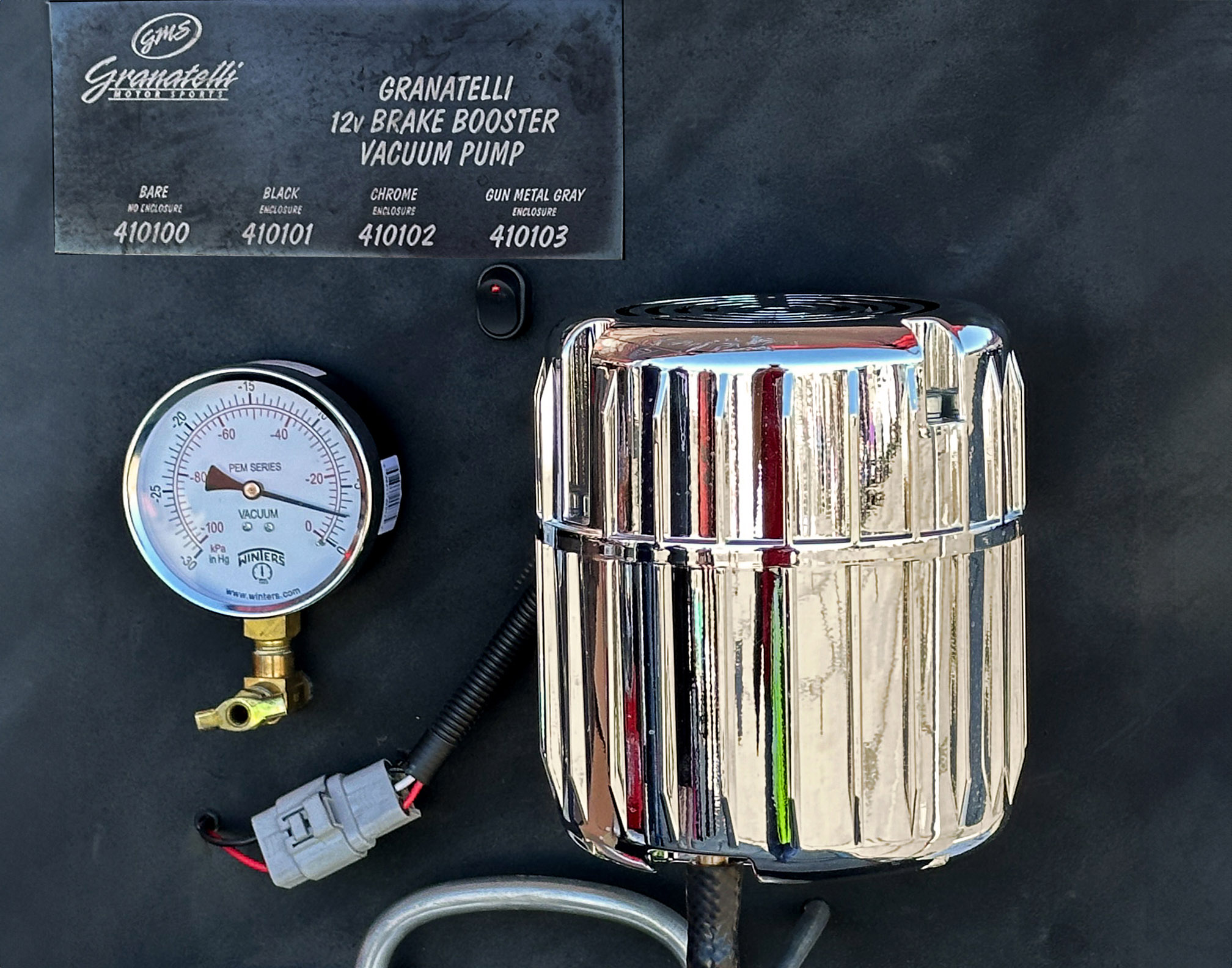
Rev up your engines and buckle up, folks, because Granatelli Motorsports is unleashing the ultimate solution to your vacuum woes with their 12V Electric Vacuum Pump Kit! Picture this: you’ve got your hot rod sitting pretty in the garage, but you’re struggling with power brakes, wipers, or engine management issues due to vacuum deficiencies. Well, fear not, because Granatelli has your back with their state-of-the-art kit, designed to tackle these challenges head-on and turbocharge your ride’s performance.
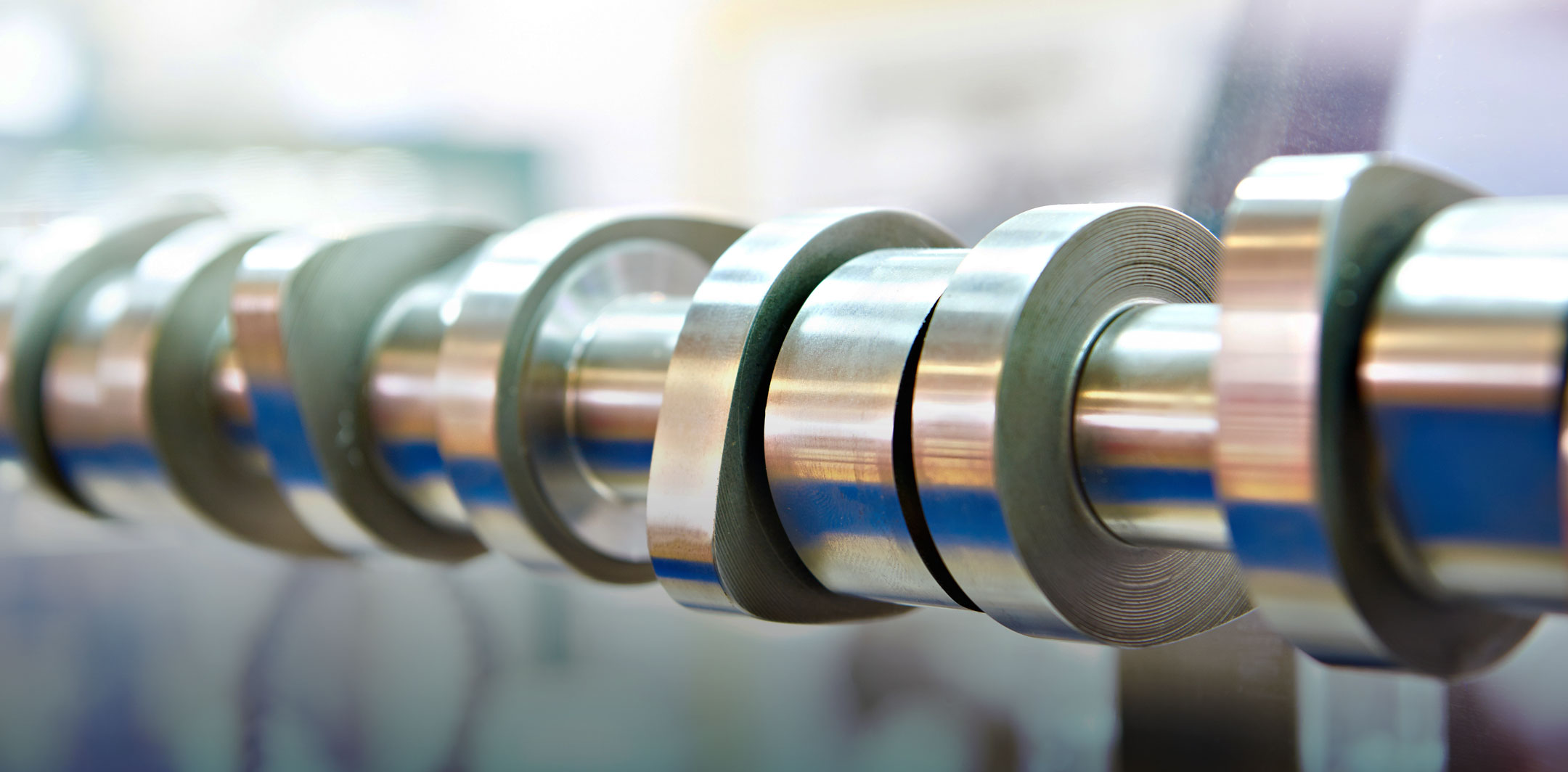
Would you believe that one of these cams could provide an extra 200 hp to your combination? It’s true. Actually, the truth is that the installation of a stock cam will cost you as much as 200 hp.
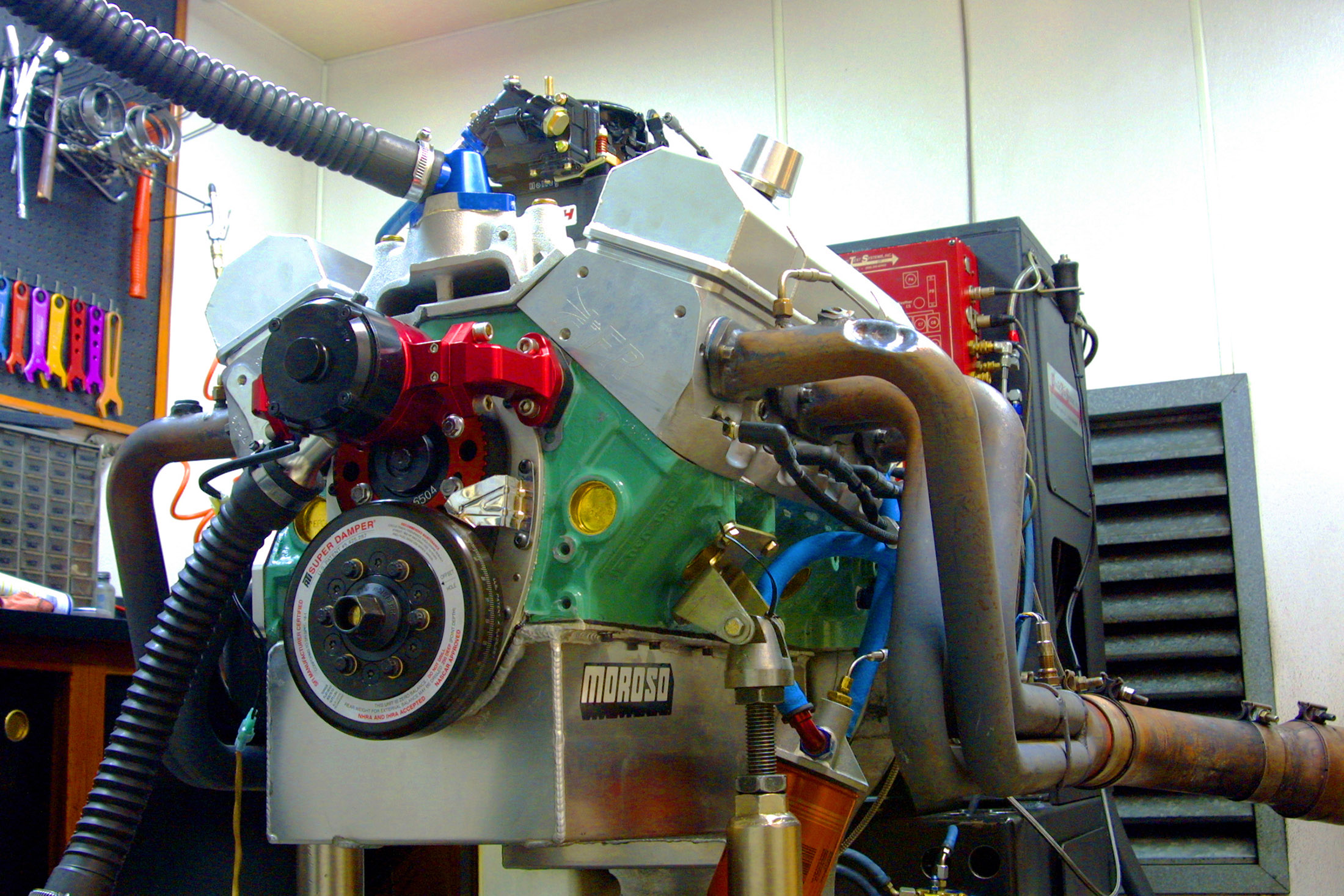
We showed you how to build a small-block engine that could make over 500 hp and 500 lb-ft of torque on 87-octane gas. It was a motor that could be driven just about every day with a hydraulic-roller cam and a good carburetor, making acquisition and maintenance almost nonexistent. Like many things we do in the engine world, the results we enjoyed—while good—just weren’t satisfying anymore. We wanted more.









